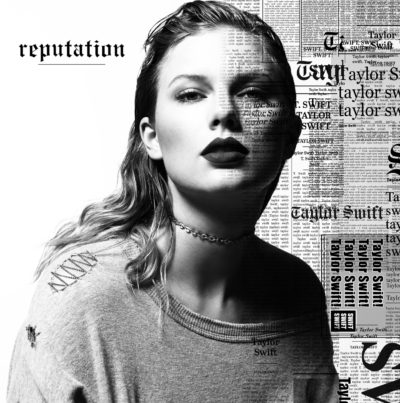The problem with perfection is the same one as the one with success: both are an expression of infinity.
If you are driven, you can be successful but still feel you aren’t successful enough. If you are a perfectionist, you can control every little detail but still feel you could have done more.
In each case, you’ve halved the distance between you and the infinite – there is still an infinite distance left to travel.
I think about this concept a lot, but never more than when I am considering a well-made album. Isn’t that the perfect intersection of success and perfection, plus some other nearly-infinite-to-measure quality of talent? As an artist, how do you go back into the studio when your last album is a critical and financial success, and just perfectly executed? It’s a tightrope act from which a lot of acts tumble.
Case and point: Taylor Swift’s 1989. It’s as perfect of a pop record as I’ve heard in my life. Every single song could survive on the radio as a single. And, unusually for a golden pop LP, it actually took home the Album of the Year trophy at the Grammies – a rarity.
I don’t think there is any way to top 1989, so Taylor just … didn’t. At least, not with her lead single “Look What You Made Me Do” of off Reputation, out next week.
Swift has a habit of releasing somewhat bare, unusual lead singles, but this one is less than that. The entire songs lacks for melody before it dissolves into an embarrassing faux-hip hop retread of “I’m Too Sexy.” The overwrought lyrics, usually a Swiftian specialty, but here coming off as protesting too much. And the cinema-quality video, which mashes up a lot of disconnected elements. (Why is she a zombie at the beginning? What is with the Beyoncé rip-off dance break).
Yes, I know it currently has over 600 million streams on YouTube. That’s the kind of half-infinite success you can maintain after a long streak of near-perfection.
If there’s one good bit of the song (and the video, as it happens), it’s the string-tinged bridge with little tinkles of carousel music. It’s everything the rest of the song isn’t but wants to be – catchy, lush, and foreboding.
It’s from that point that retro arrangement wunderkind Scott Bradlee developed his band’s cover of the song. Described as a cover in the style of a James Bond theme song, it picks up the strings theme from the bridge and stretches it luxuriously across each verse to turn the previously bare vocal into a poisonous vamp.
